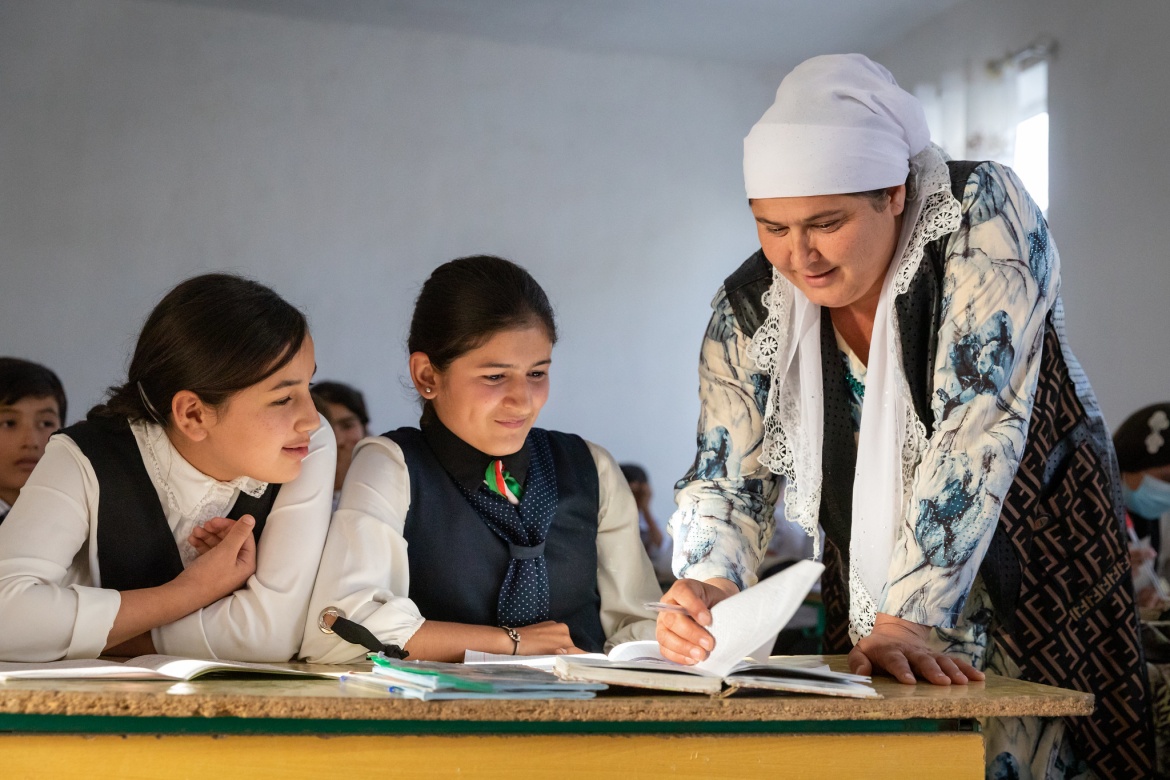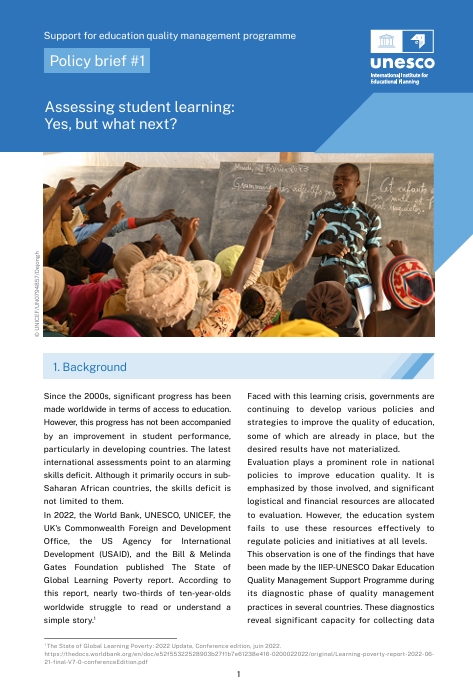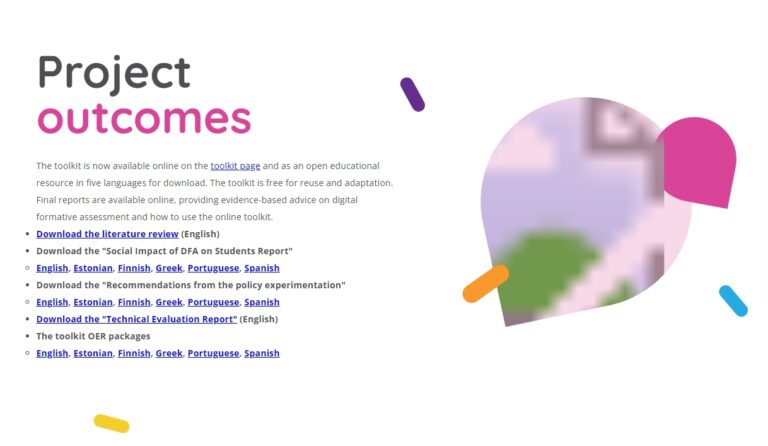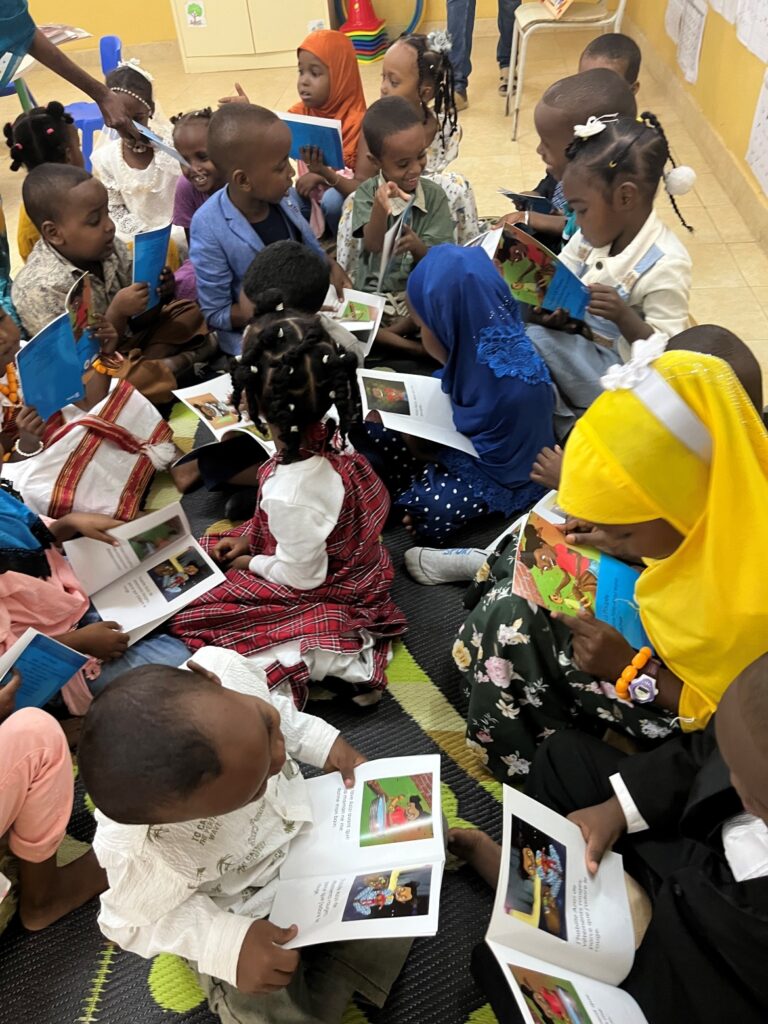The UN General Assembly met last month to mark the halfway point of the Sustainable Development Goals (SDGs) and called for urgent accelerated progress to meet these goals by 2030.
Neither SDG 4 (education for all) nor SDG 5 (gender equality) are on track to meet their targets. Without additional measures, approximately 300 million students will lack basic numeracy and literacy skills necessary for success in life.
Teaching and learning contexts matter to ensure girls and boys have an equal chance to make the most of their experience in school or non-formal learning environments.
There are many opportunities beyond enrolment to promote gender equality within schools as well as teaching and learning practices. This reflects the approach GPE is taking to ensure gender equality principles are embedded in access to, within and through education systems in order to transform them (see our recently published paper).
A growing body of research underlines the critical role teachers and school leaders play in creating inclusive learning environments as well as the importance of a diverse teaching force in supporting the next generation to see beyond gender stereotypes and discriminatory norms, both in their classrooms and communities.
Here we highlight 3 evidence-informed steps critical to the role teachers can play in achieving gender equality in education:
Increasing the number of female teachers
Gender norms have a meaningful impact on the number of teachers and school leaders within the education workforce. Significant imbalances of male to female teacher ratios exist in many contexts, even at the primary school level, due in part to historic patterns of poor educational opportunities for girls.
In other contexts, this imbalance is characterized as a drop in female teachers at the secondary level and females in school leadership positions.
In many sub-Saharan African countries, for example, female teachers remain underrepresented due to barriers to employment, retention and promotion. In Benin and Côte d’Ivoire, women make up only 12% and 15% of secondary teachers respectively.
Furthermore, female teachers are often cautious about working in rural areas due to poor housing, the lack of sanitary facilities and insecurity in homes and schools.
Still, evidence suggests that senior female teachers and female principals can improve education quality through leadership and direct teaching roles:
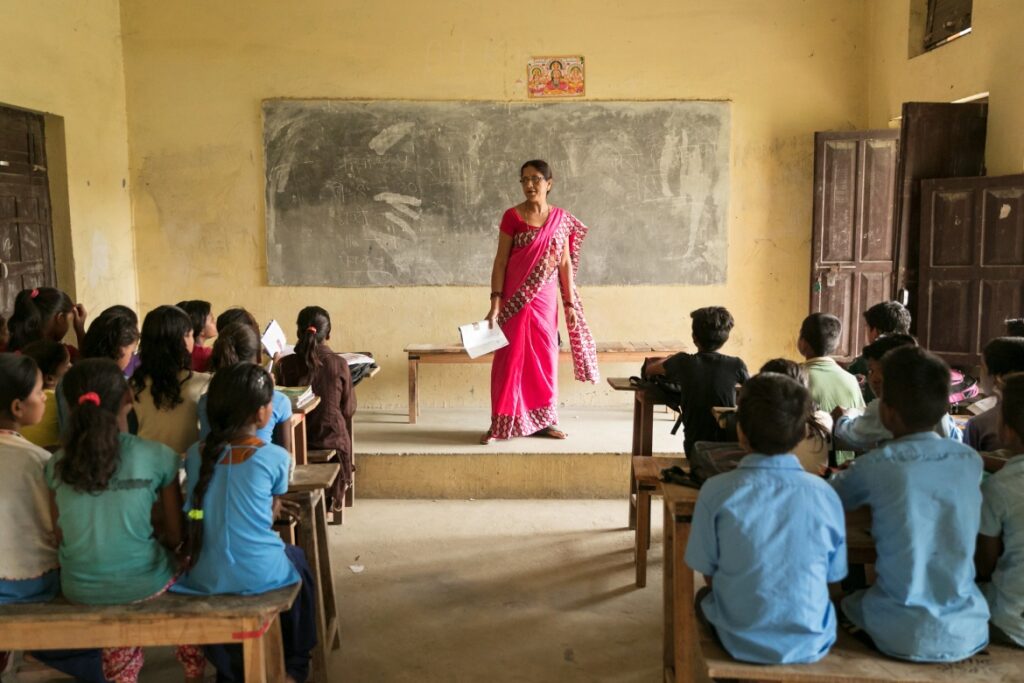
Making pedagogy gender-responsive
Gender-responsive pedagogy refers to teaching processes that include awareness of gendered behavior and norms in lesson planning, content delivery, assessment of learning and classroom management.
These pedagogies prevent gender stereotyping, improve classroom participation of girls and boys and the development of their critical workplace skills.
Studies have found broader impacts of gender-responsive pedagogy and school management in Ethiopia, Malawi and Tanzania, resulting in a 10% improvement in girls’ academic performance and retention in schools applying this pedagogy and school management practices.
In Uganda, where this pedagogy has been adopted into their early childhood and primary curriculum, lessons learned from the rollout highlighted the need for effective communication and including gender-responsive pedagogy in pre-service training and continuing professional development.
Teachers’ role in preventing and responding to school-related gender-based violence
School-related gender-based violence (SRGBV) can manifest as physical, psychological or sexual violence, whether in-person or online. Studies show that in school contexts, girls are more likely to be victims of sexual harassment, and boys are more likely to experience a higher frequency of physical violence.

As women are significantly less likely to be perpetrators of violence and have been shown to be key advocates for girls’ concerns, parents may prefer their girls to be taught by female teachers. However, in areas where female teacher recruitment is low, this has implications for girls’ retention in schools and learning.
Additionally, research shows teachers feel ill-equipped to tackle SRGBV, and their own perspectives on gender and SRGBV can sometimes deepen inequalities and allow violence to continue.

Training teachers on violence prevention, gender equality and positive discipline is a key strategy for preventing SRGBV.
Pre-service training programs could introduce teacher candidates to positive disciplinary practices, help them develop strategies for nonviolent classroom management and build candidates’ knowledge of and skills for violence recognition and prevention.
Studies from West Africa have highlighted how teachers sometimes believe that girls are to blame for sexual harassment by other teachers, leading them to not report sexual violence/harassment by their colleagues. Other times teachers may believe reporting goes against teacher solidarity or is inconsequential.
Qualitative findings from pilots of an SBGRV prevention program in Nepal, Thailand and Vietnam found that teachers acknowledge the need for capacity-building in issues related to gender and identification of violence. They also appreciated peer support for SRGBV prevention.
The study underscores the need to equip and prepare teachers with practices of nonviolence and positive discipline early in their careers, starting in pre-service training and continuing in-service.
Accelerating progress on SDGs 4 and 5
Questions around the gender dimension of teachers and teaching require further research. In regions where gender disparities in the workforce and leadership positions are significant, major benefits for equitable and inclusive teaching are potentially being missed.
Education systems that embed gender equality principles into teaching practices and teacher reform are showing real potential in accelerating progress towards quality, inclusive and potentially transformative education.
By looking at educational reforms from a system change approach and engaging teachers as agents for change for gender equality, we would be better placed to integrate challenges and accelerate progress towards SDGs by 2030.
----
Read our full blog series on teachers and teaching.

